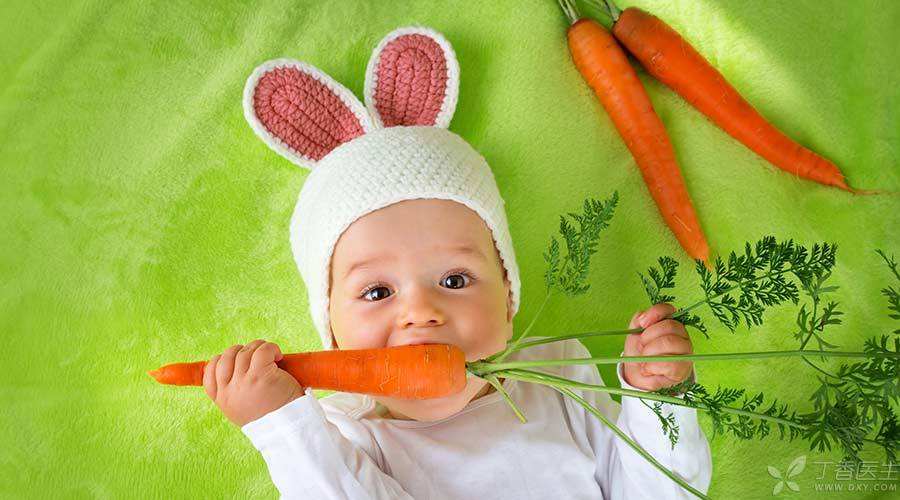
Different supplementary food raw materials have different practices.
The principle of food selection and handling is: clean, soft and light.
Plants
Vegetable ingredients fruit can be eaten raw, vegetables need to be cooked.
1. Rhizomes
You can choose potatoes, carrots, sweet potatoes, pumpkins, etc.
Practice: Wash and peel, cut into small pieces, boil or steam, and then use a grinding bowl or mixer to make it into mud paste (water can be added as appropriate).
2. Leaf vegetable puree
You can choose spinach, green vegetables and other green leafy vegetables, and take tender leaves.
Practice: After boiling the water, boil the vegetable leaves in the water and mash them with a grinding bowl or crusher.
3. Fruit puree
You can choose fruits such as bananas and apples, especially when your baby is less than 1 year old, to avoid overweight taste and choose fruits that are not too sweet or too sour.
Practice: Peel, remove core, mash, or scrape directly with stainless steel spoon.
Animal food
During the treatment of animal food materials, a proper amount of ginger slices can be added to remove fishy smell, and can be taken out before further processing.
Step 1 Meat Mud
You can choose lean pork, lean beef, etc.
Practice: Remove fascia, wash, cut into pieces and chop, or use food grinder to crush into minced meat, add appropriate amount of water and steam.
2. Liver mud
You can choose pig liver, chicken liver, etc.
Practice: Wash, cut open, scrape out liver mud on the section with a knife. Or steamed or boiled chicken liver, pig liver, etc. with fascia removed, and chopped into mud.
3. Fish Mud
Wash, steam or cook the fish, and press the fish into mud with a spoon.
4. Shrimp puree
Chop or crush shrimps into shrimp paste, steam or cook.
